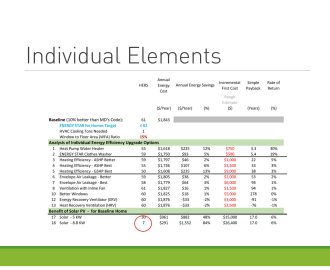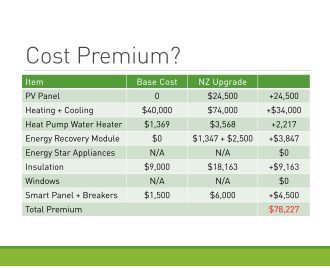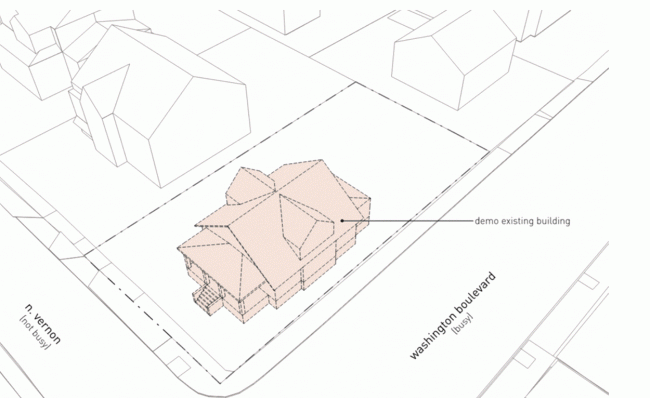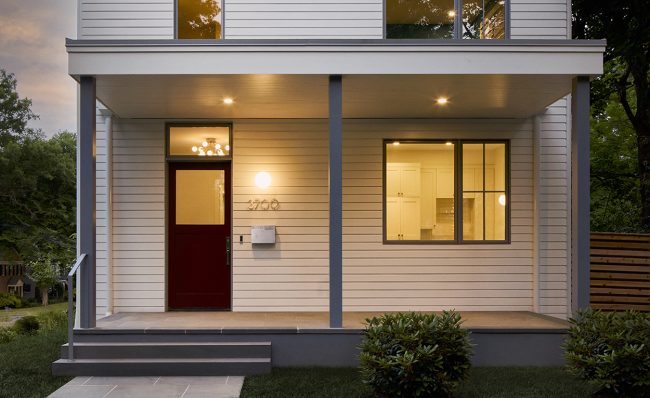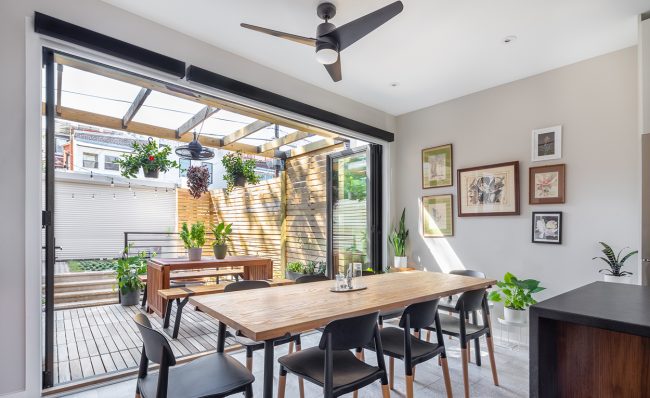Cost of Building a Net-Zero Home
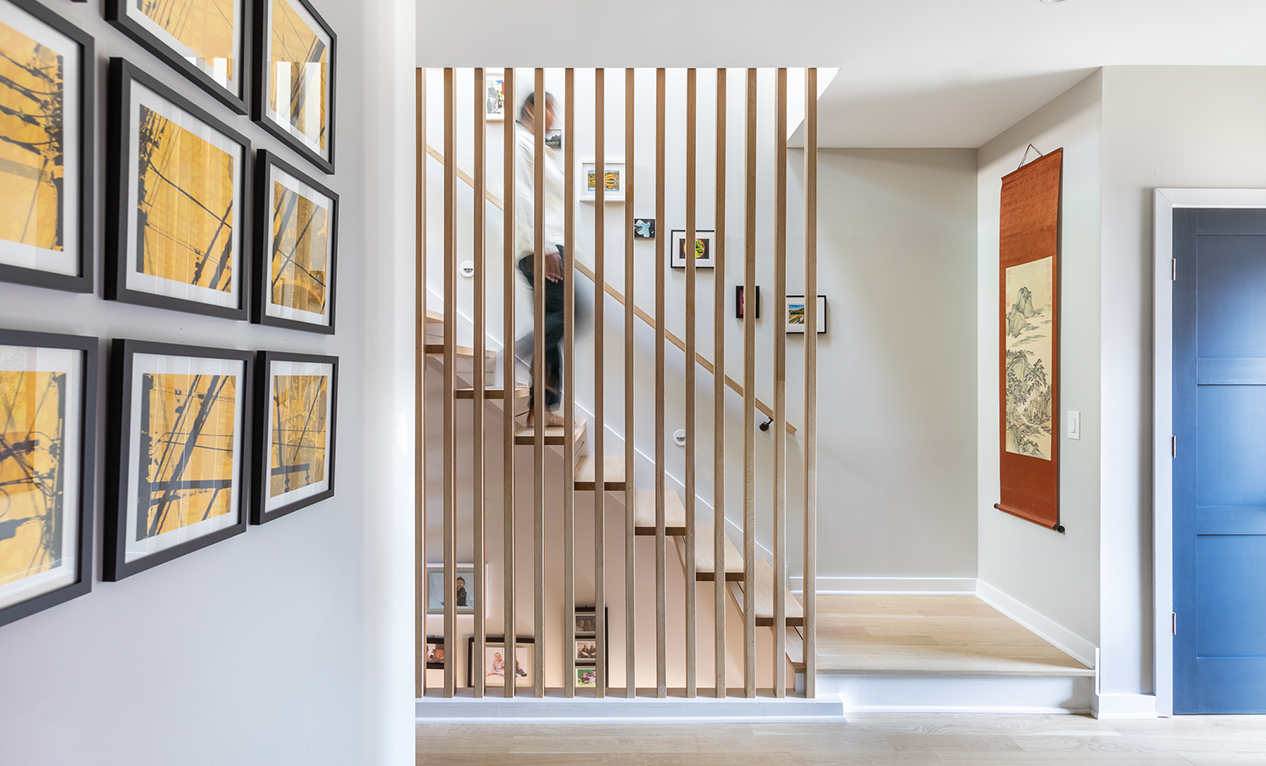
There’s no denying that there is an increased cost of building a Net-Zero home. At Teass Warren Architects, we believe the payback more than justifies the initial investment. This is the third post in our Net-Zero series, addressing the question of costs. The final post will focus on how to recoup the costs, as well as measuring the performance of the house and systems.
During the design phase, we worked with a high performance building consultant to determine which strategies would not only be most effective, but also most cost effective. Options were evaluated by impact on the Home Energy Rating Score (HERS) Index as well as payback costs. The options were the bundled to assist in the decision making process. While some of the costs associated with upgrades was accurate (for example the solar panel), other cost estimates were significantly different due to to building during the COVID pandemic and general construction inflation. Using NetZeroRowHouse as an example, the direct cost for upgrades, such as solar panels and an enhanced mechanical system for heating and cooling, came to almost $80,000 (the solar panels and upgraded mechanical systems accounted for about two-thirds of that total). The cost per square foot was about $10. Again, reduced energy bills (like the $3.00 bill the family received one month last summer) help mitigate the expense over time. Other big-ticket items include the incremental costs of a high-quality ducted mini-split system, with one small air handler per floor. While every home requires a heating and cooling system, the family invested in the highest SEER rating. The approximate upcharge for the system was approximately $34,000. In addition, the project uses spray-foam insulation throughout to help reduce infiltration and pass our blower door test. Insulation costs came to just over $18,000, which was an approximately 50% premium over the cost of traditional batt insulation design. Keeping the air infiltration also means that the thermal comfort during both summer and winter months is excellent, validating the investment. Indoor air quality is a key issue, and the three energy recovery ventilators provide fresh outside air that is mixed with stale exhaust air to minimize heat and humidity gains and losses. The units with accessories and IoT (Internet of Things) enabled controllers came to $1,900, with installation doubling the cost to $3,900. The original design intent was to use an outside air duct that was directly connected to the return plenum, but that approach put additional load on the units (and would require more energy to condition).
Finally, hot water is provided for both the English basement accessory structure and primary residence using a heat pump water heater. A standard 80-gallon electrical water heater will run $1,300 to $1,600; the cost of the heat pump water heater came to about $3,600. No upcharge for labor, since the installation is fairly similar.
Conclusion
Whether you’re embarking on new construction or renovating an existing home, you have the opportunity to invest in a more sustainable future by pursuing net-zero. Furthermore, owning an energy-independent home, given increasing costs and the instability of the energy market, provides priceless peace of mind. Stay tuned for our final post in our series, which will cover tools for measuring the true cost of building a net-zero home including performance and real world success.

